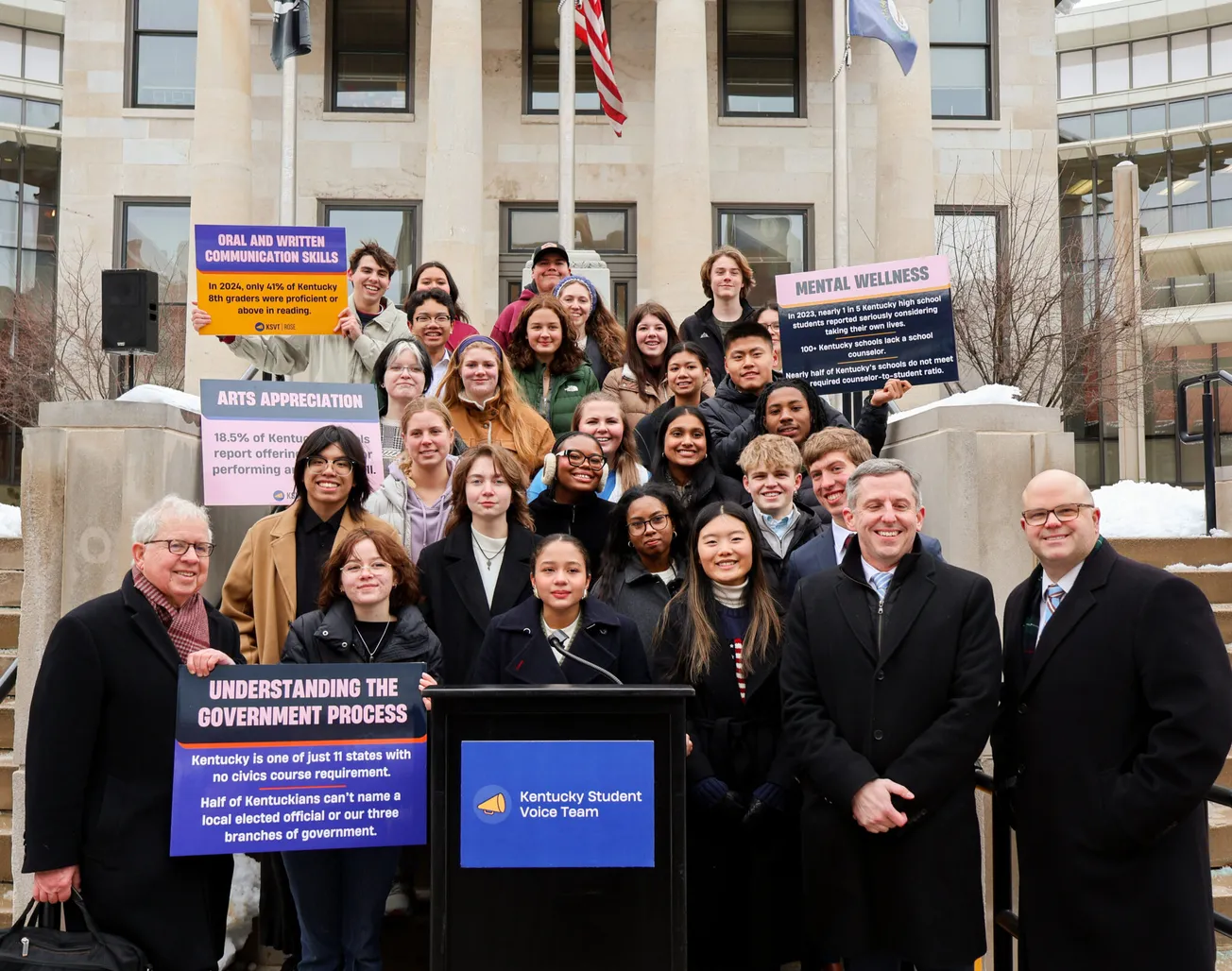by Dr. Laura Findley
A day after yet another tragic school shooting, I just finished teaching a criminology class about gun violence and how to reduce it in the U.S. I found that my students have many misconceptions about the scope and nature of the problem. I believe they are not alone, and that these misconceptions that many others may hold work against the development of thoughtful and effective policy. Although whole volumes can and have been written about this, I share here just a few observations.
First, many have no idea how many people are injured or killed by gun violence in the U.S. annually. According to the CDC, more than 45,000 people were killed by gun violence in the U.S. in 2020, an increase in recent decades. This is an average of more than 120 gun-related deaths per day. It includes a 30 percent increase in homicides from the previous year. Between 2015 and 2019 there were 2,606 gun deaths by law enforcement alone. These numbers should be shocking, with U.S. gun-related homicide rates 25 times greater than other wealthy nations.
Second, most are unaware that the biggest percentage of gun-related fatalities come from suicide. Nearly two-thirds of deaths by gun are suicides, an average of approximately 64 per day. Likewise, accidental injuries and deaths are far more frequent in the U.S. than in other wealthy countries. A study by researchers from the University of Pennsylvania and Columbia University found that between 2009 and 2017, there was an annual average of 85,700 ER visits for non-fatal gun injuries. ABC Newsdeveloped a Gun Violence Tracker and found that for the week of November 19 to 25, 2021, there 345 deaths and 623 injuries due to firearms in the U.S.
Third, the cost of gun violence is astronomical. The U.S. spends nearly one billion dollars annually on immediate healthcare costs alone, according to the U.S. General Accountability Office. The costs are far greater when you factor in long-term physical and mental health care, as well as criminal justice and other costs.
Fourth, while mass shootings typically dominate the conversation about gun control, they represent less than three percent of annual gun-related deaths. Further, the primary reason for mass shootings in the U.S. is domestic violence. Similarly, much attention has been paid to active shooter situations, with some potentially problematic policy implications, yet these represent just one percent of gun deaths.
Fifth, while many emphasize gun deaths in big cities like Chicago, approximately half of homicides by gun occur in suburban and rural areas. In addition, gun injuries are widespread and not exclusive to big cities. While Black males are disproportionately victims of intentional shootings, White males in rural communities are overrepresented in suicide by gun.
This is not an exhaustive list of misconceptions, nor does it offer solutions. My hope in teaching and writing about this is that, if we all discuss real data, perhaps then we can identify more appropriate policies and practices, which might include gun control, educational programs, mental health assistance and more.
--30--
Laura Finley, Ph.D., syndicated by PeaceVoice, teaches in the Barry University Department of Sociology & Criminology and is the author of several academic texts in her discipline.







